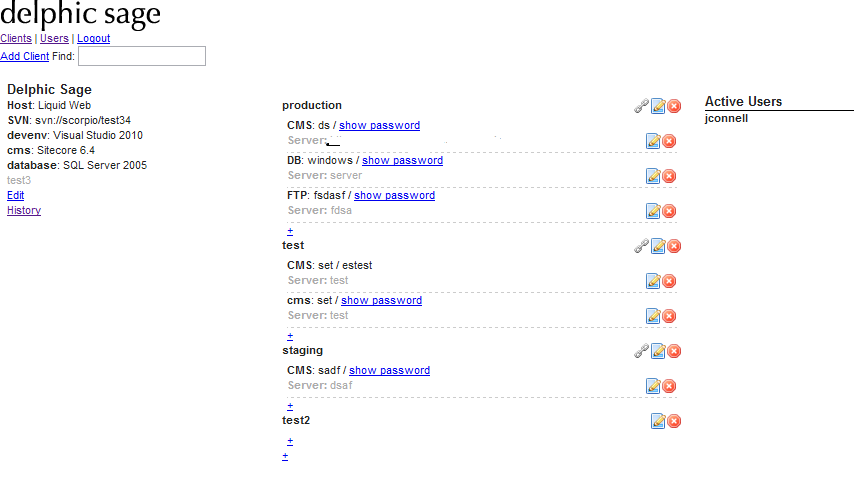The computer of the next 6 years August 27, 2012
I bought a new "main" computer today. It will replace two old "main" computers. I got an MSI GE60. This is significant.
My previous main laptop was a MacBook Pro which I purchased in November 2006. It lasted a long time, but it doesn't like heat and I'm moving on. It was Core 2 Duo, 2.2 ghz or something, 2 gb of ram. I had all manner of drives connected to it, so it quit being a laptop and was permanently a desktop.
My gaming machine was also Core 2 Duo, 2 GB ram, ran XP and all my games, with its Nvidia 260 GTS I think.
One laptop to replace two machines. The GE60 is Intel Core i7 Quad Core, 2.3 GHz, can boost to 3.3 GHz. It comes with 6GB of RAM upgradeable to 16. I can order that off of newegg right now for $90. It has an NVidia GTX 650M or however you designate that. It comes with 2GB of video memory.
1080p resolution, USB 3 and USB 2, so all my old stuff will still work, and I can still have access to my data. 7200 RPM Hard drive, but I bought a 256 GB SSD to swap in.
Back in 2006, the technology wasn't that great. You couldn't really get a laptop comparable to a MacBook Pro. Or I might not have trusted the quality of other laptops. The parts were much better in the MBP. Today, though, and for $1000 roughly, you can get an all powerful machine that can run that old MBP virtually! I shall be doing that.
And if I want to do gaming, it's there too. I can run the latest games on that thing, at high settings. Awesome.
